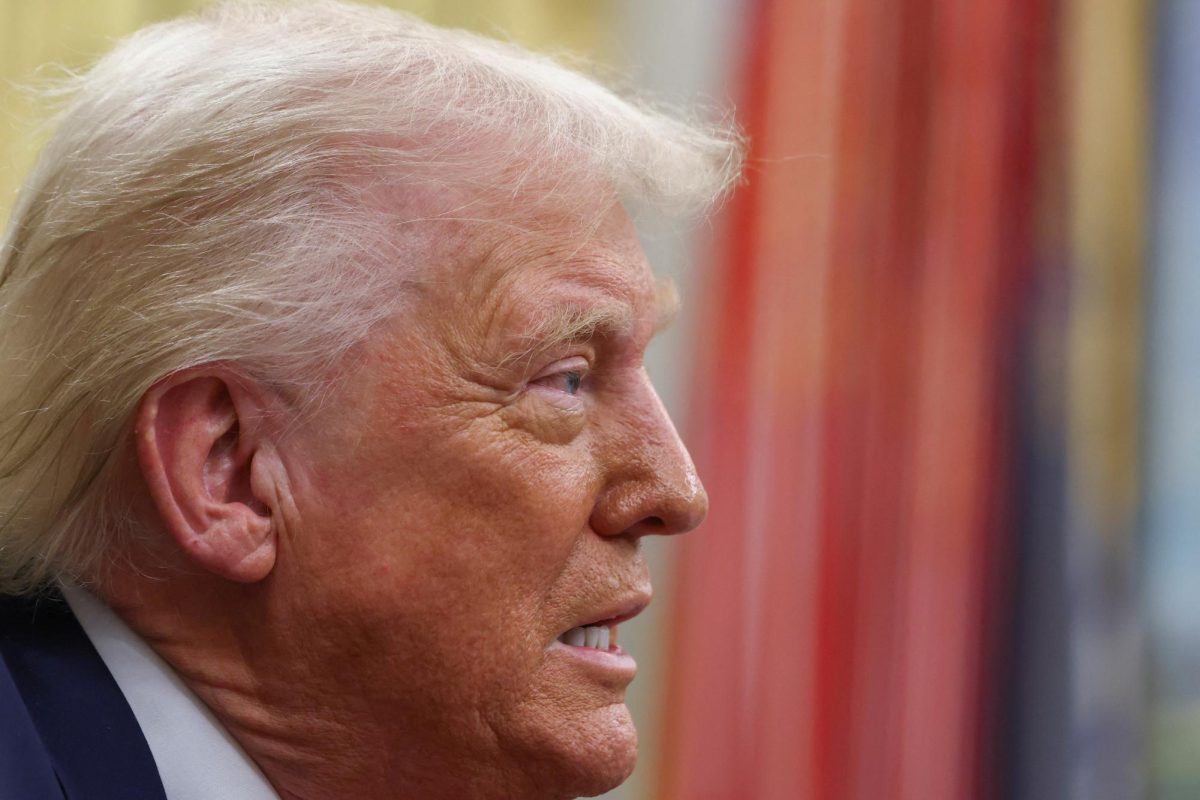The beginning of President Donald Trump’s second term has been marked by an aggressive demonstration of his “Make America Great Again” policies. Many of these executive orders and enforcement actions have been controversial and deemed by courts an overreach by the executive branch.
Executive Order 14169, titled “Reevaluating and Realigning U.S. Foreign Aid,” signed on January 20, 2025, for instance, ordered a 90-day pause on all foreign assistance distributed by the U.S. State Department and other agencies, placing thousands of foreign aid agents on administrative leave. The implementation of this order by the Department of Government Efficiency (DOGE), specifically concerning the U.S. Agency for International Development (USAID), was halted by U.S. District Judge Theodore Chuang in Maryland last week.
The judge’s ruling requires the Trump administration to restore computer access to all USAID employees, including those on leave but stops short of reversing firings or fully resurrecting the agency. Trump has asserted that approximately four million employees in the executive branch are subject to the President’s supervision under the Unitary Executive Theory, thereby bringing all independent agencies, including USAID, under his control.
The Unitary Executive Theory originates from Article II, Section I of the U.S. Constitution, which states: “The executive Power shall be vested in a President of the United States of America.” Trump’s constitutional interpretation justifies his ability to fire any federal employee in the executive branch at will, exercising unprecedented executive branch powers.
Separately, the Trump Administration’s efforts to enforce immigration laws have resulted in Immigration and Customs Enforcement (ICE) making 32,809 enforcement arrests and claims almost 75% of arrests were of accused or convicted criminals. On March 15th, Chief Justice James Boasberg of the U.S. District Court in Washington, D.C. blocked the deportation of Venezuelan gang members which the Trump Administration argued was lawful under the 1798 Alien Enemies Act. Essentially, this allows the government to deport an immigrant from any “enemy” country without the normal due process of immigration law.
Defying Boasberg’s court order, the Trump Administration proceeded to land two planes of alleged Tren de Aragua gang members at El Salvador’s famous maximum prison; they did not turn back as the judge instructed. The Trump Administration has until Tuesday to explain its actions.
This cycle of executive orders and actions being challenged in the courts is likely to be a common occurrence during Trump’s second term, as his administration seeks to push the limits of executive power. According to the New York Times, at least 46 court rulings have paused some of Trump’s executive actions. While many conservatives believe such courts wield too much power, others argue these decisions are the result of checks and balances the Founding Fathers established between the legislative, executive, and judicial branches used to limit the powers of any one branch. To the extent these checks and balances aren’t maintained, the U.S. faces what many call a “constitutional crisis.”
White House Press Secretary Karoline Leavitt said, “The real constitutional crisis is taking place within our judicial branch, where District Court judges and liberal districts across the country are abusing their power to unilaterally block President Trump’s basic executive authority.”
The executive branch’s defiance of a judicial order is particularly concerning. What real power does the judicial branch have to enforce their actions, especially considering the U.S. Marshals, their enforcement arm, is under the executive branch? Will the deportation of Tren de Aragua gang members be the first or the last court order Trump will defy?
Continuing to defy such orders will ultimately lead to a serious constitutional crisis, and at that point, the Supreme Court and Congress will need to utilize their constitutional powers to maintain our democracy. This defiance is unprecedented and certainly uncharted territory for modern American politics—a territory where America’s democratic guardrails will be tested.

